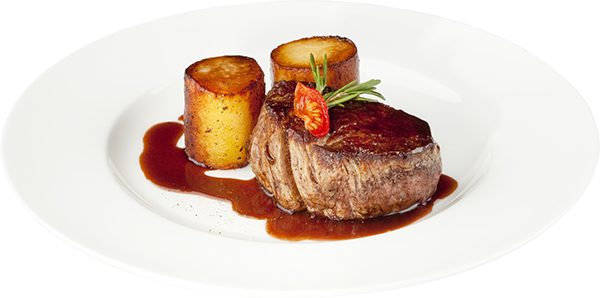In the towns of Bressanone, Vipiteno and Chiusa as well as in the other villages, there are plenty of sights that will appeal to those interested in art and culture
Sightseeing and trip destinations in and around Vipiteno, Rio di Pusteria, Rodengo, Maranza, Valles, Naz-Sciaves, Varna, Luson, Bressanone, Velturno, Chiusa, Villandro, Funes, Laion, Barbiano, Ponte Gardena and Renon!
There is no such thing as being bored on a holiday in South Tyrol! In the Valle Isarco holiday region, you will find numerous interesting destinations for families, nature lovers and art and culture enthusiasts. Find out which sights you really should include on your holiday!
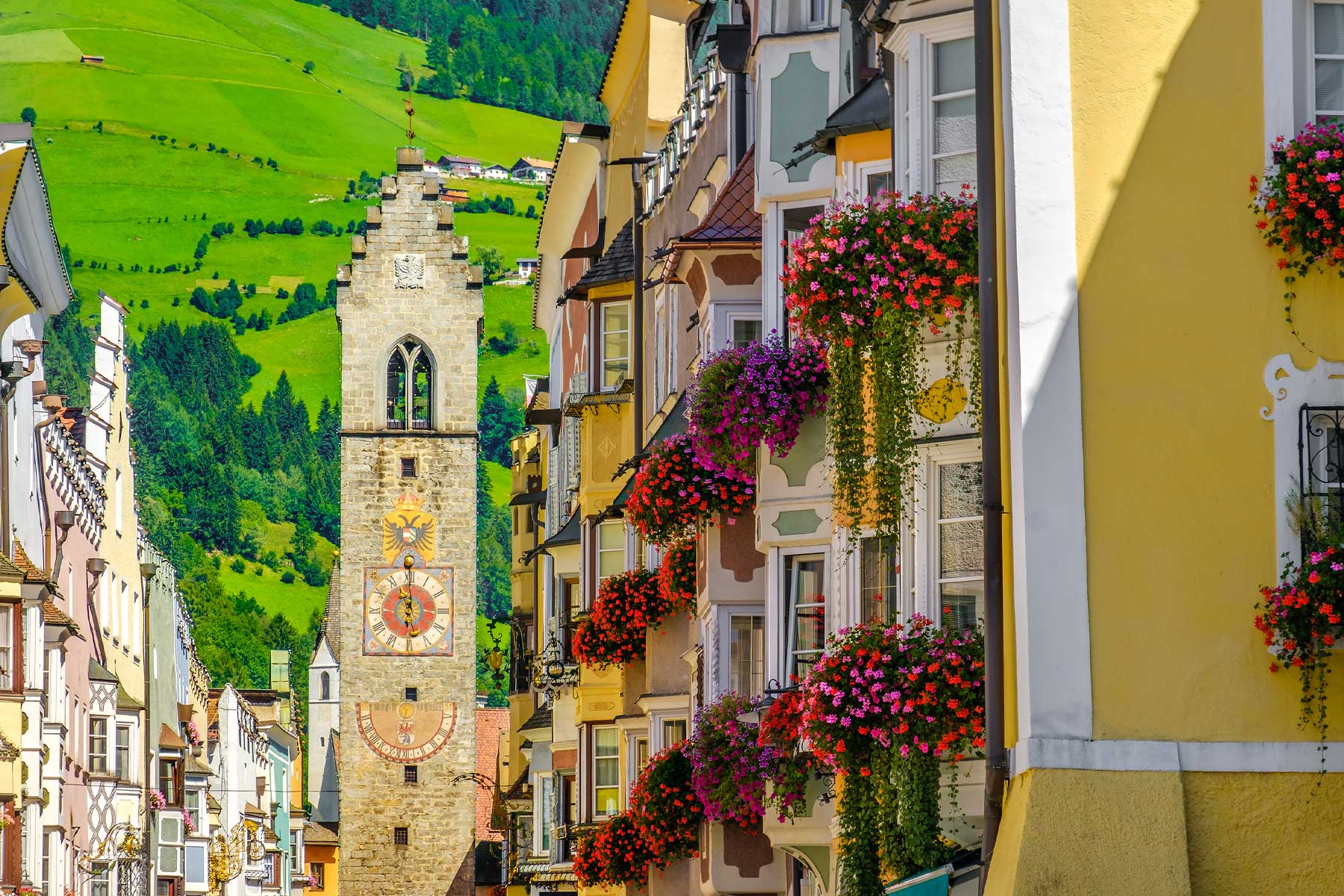
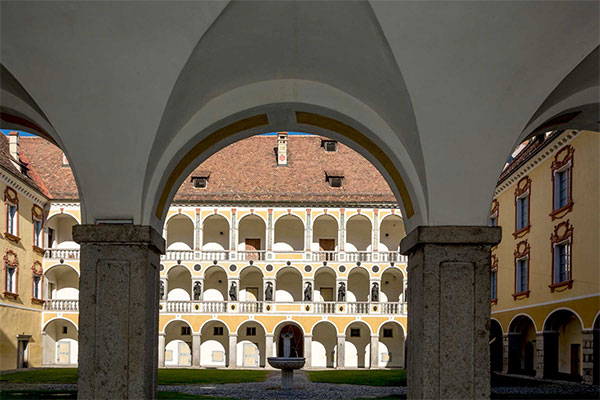
The Diocesan Museum in the Hofburg Castle in Bressanone shows a representative cross-section of South Tyrol's sacred art over 70 rooms and is one of the most extensive religious art collections in existence. You can see the widely renowned nativity scene collection and parts of the Bressanone cathedral treasury, including the famous chasuble with eagle motif. In the gallery, works of art by Lucas Cranach, Bartlmä Dill Riemenschneider, Ulrich Glantschnigg, Franz Sebald Unterberger, Paul Troger, Gianbattista Tiepolo and Carl Henrici are worthy of particular mention.
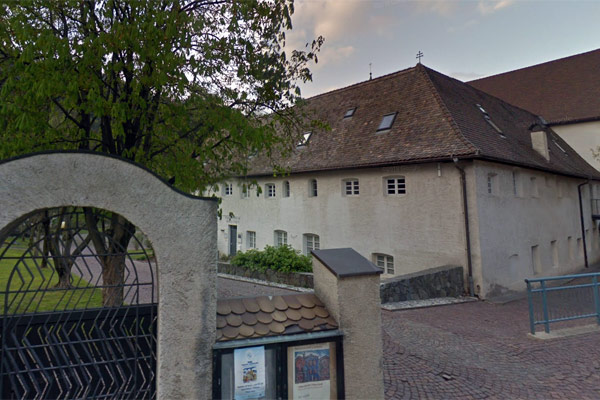
The Chiusa Municipal Museum has hosted the valuable treasure of Loreta since 1992. The majority of the religious objects, display pieces and paintings come from the workshops of 16th and 17th century Spanish and Italian artists and artisans.
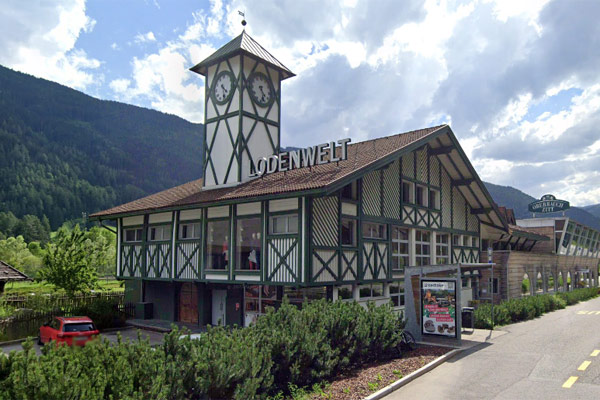
The Loden Museum in Vandoies is dedicated to the history and production of traditional Loden material and includes an outdoor area, an interactive museum, factory, shop and factory outlet. It is located in Vandoies directly on the Val Pusteria main road.
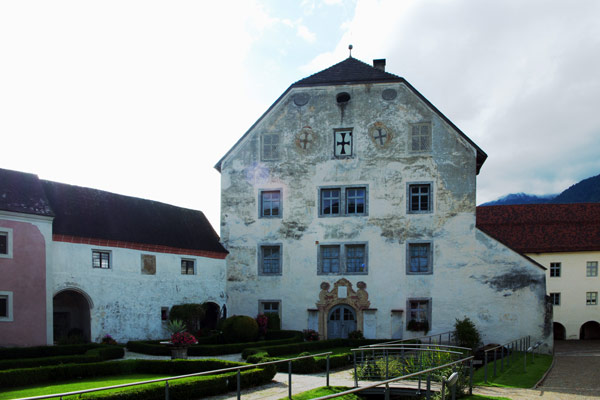
The Vipiteno Municipal Museum and Multscher Museum are located in the historic former hospice and commandry building of the Teutonic Order, the so-called "Deutschhaus" and contains most sections of the famous late-Gothic altar by Hans Multscher. The rooms formerly belonging to the lords of the Teutonic Order are also of note.
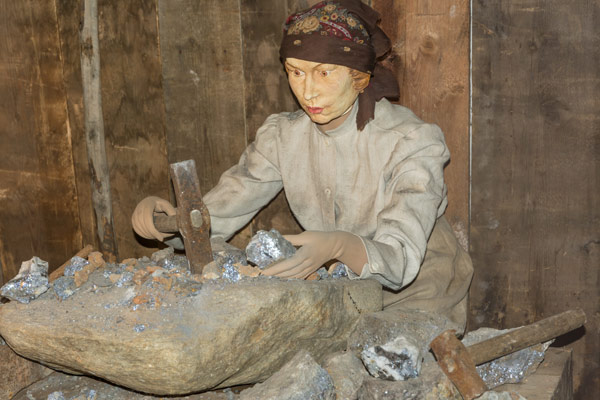
The South Tyrol Museum of Mining in Ridnaun/Ridanna, is definitely worth a visit. The museum gives you a comprehensive insight into the history of mining. The tour runs through visitor tunnels, providing information about ore processing and transport methods. An adventurous excursion takes you 3.5 km into the mountain.
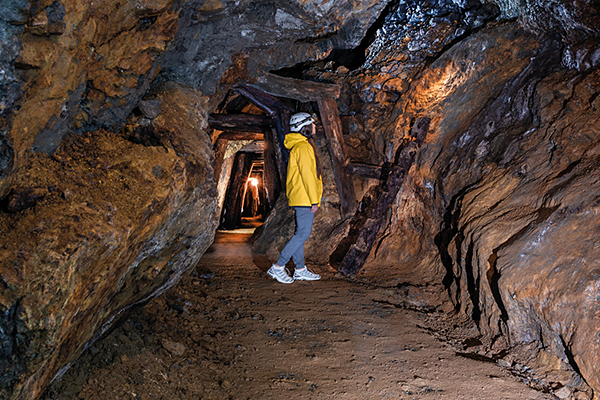
The Villandro mine was one of the most important mining areas in Tyrol in the Middle Ages. Silver, galena, copper, iron pyrites, sphalerite and sulphur pyrites were mined. After it was shut down at the beginning of the 20th century, it fell into oblivion, but has been extensively renovated in recent years. Today, the Elisabeth and Lorenz mining tunnels can be visited.
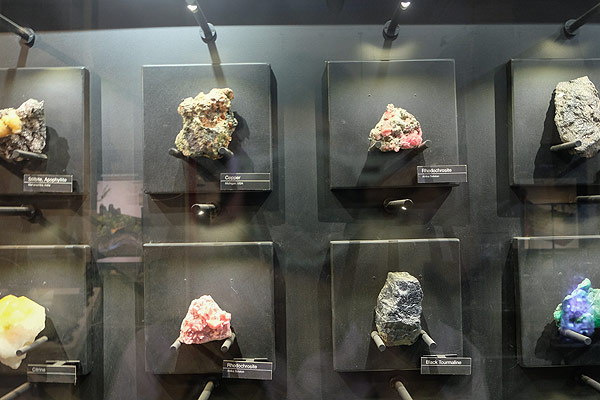
The Tiso Mineral Museum is located in Tiso's community hall in Val di Funes. Impressive minerals from the mineral site in Tiso and from other alpine regions such as those in Switzerland and Val d’Aosta can be admired in the exhibition there.
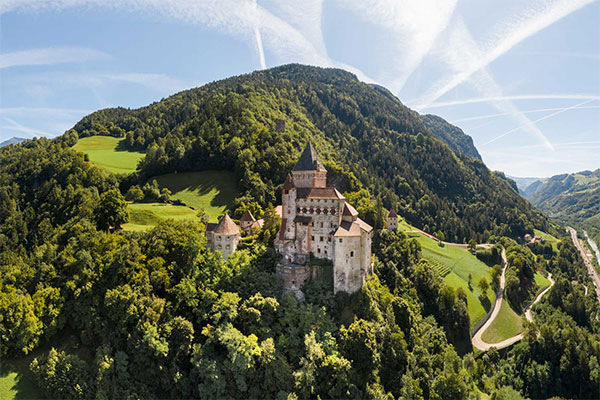
Trostburg Castle in Ponte Gardena is one of the most impressive castle complexes in South Tyrol. It was built in the 12th century and converted into a solid fortress between the 15th and 17th centuries. Noteworthy sights include the stunning great hall with its coffered ceiling decorated with coats of arms, a triple-arched Gothic parlour and the chapel. The Trostburg can only be viewed by guided tour.
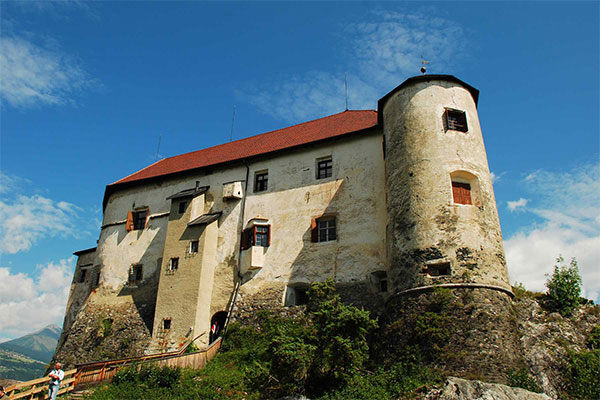
Rodengo Castle was one of the strongest, most secure fortifications in the country during the Middle Ages. It was built in 1140 by the lords of Rodank on a narrow rock outcrop above the Rienza river and was extended in the 16th century by the family of Oswald von Wolkenstein, who turned it into an impressive residence. Especially worth seeing are the famous Iwein frescoes, which were only discovered as late as 1972.
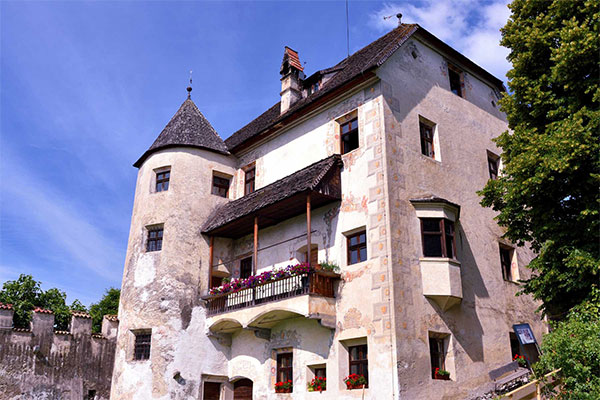
Velturno Castle, which is located near the centre of Velturno, was built between 1577 and 1578 in the style of the High Renaissance and was completely renovated between 1979-1983. The former summer residence of the prince-bishops of Bressanone include noteworthy sights such as the fresco-secco paintings and the state room with its valuable wooden inlays.
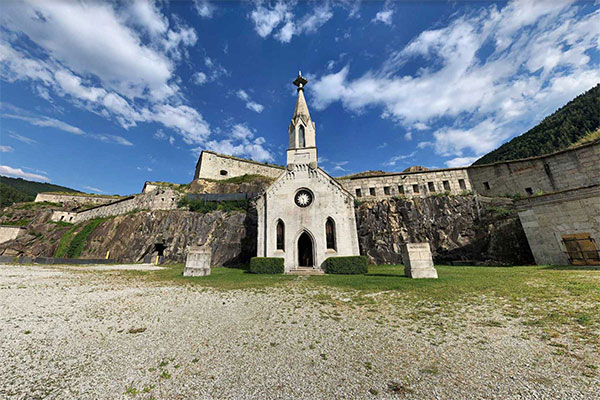
The Fortezza Fortress was built between 1833 and 1839 and named in German after Emperor Franz I of Austria. It was the strongest fortification in Europe back then, however it never saw significant combat and soon lost strategic importance. The fortress has been extensively restored over the past years and is now open to visitors.
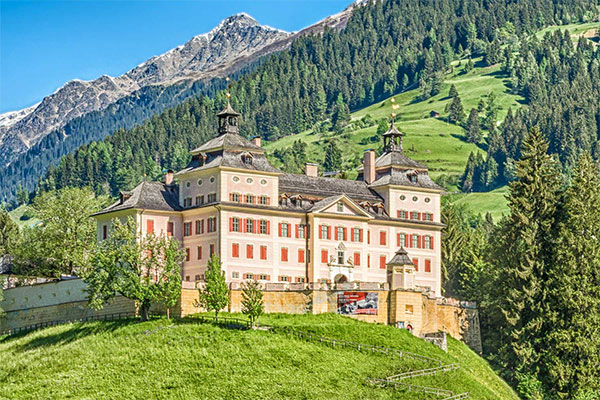
Wolfsthurn Castle, which is located above Mareta near Vipiteno, has been descibed as “The most beautiful castle in Tyrol,” by the historian J N Tinkhauser. Since 1996, the baroque castle has housed the South Tyrol Museum of Hunting and Fishing, which is also well worth a visit for families with small children.


























